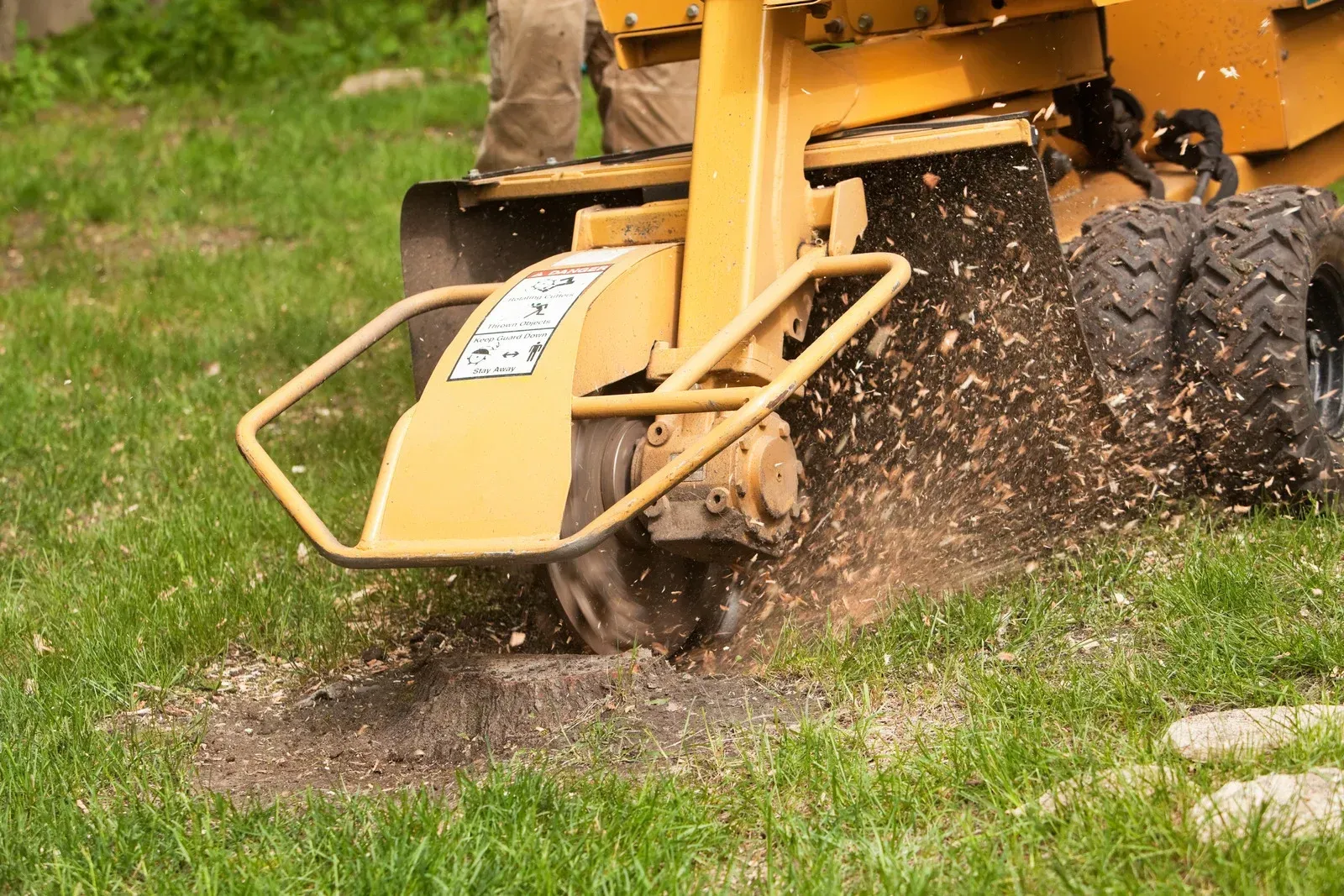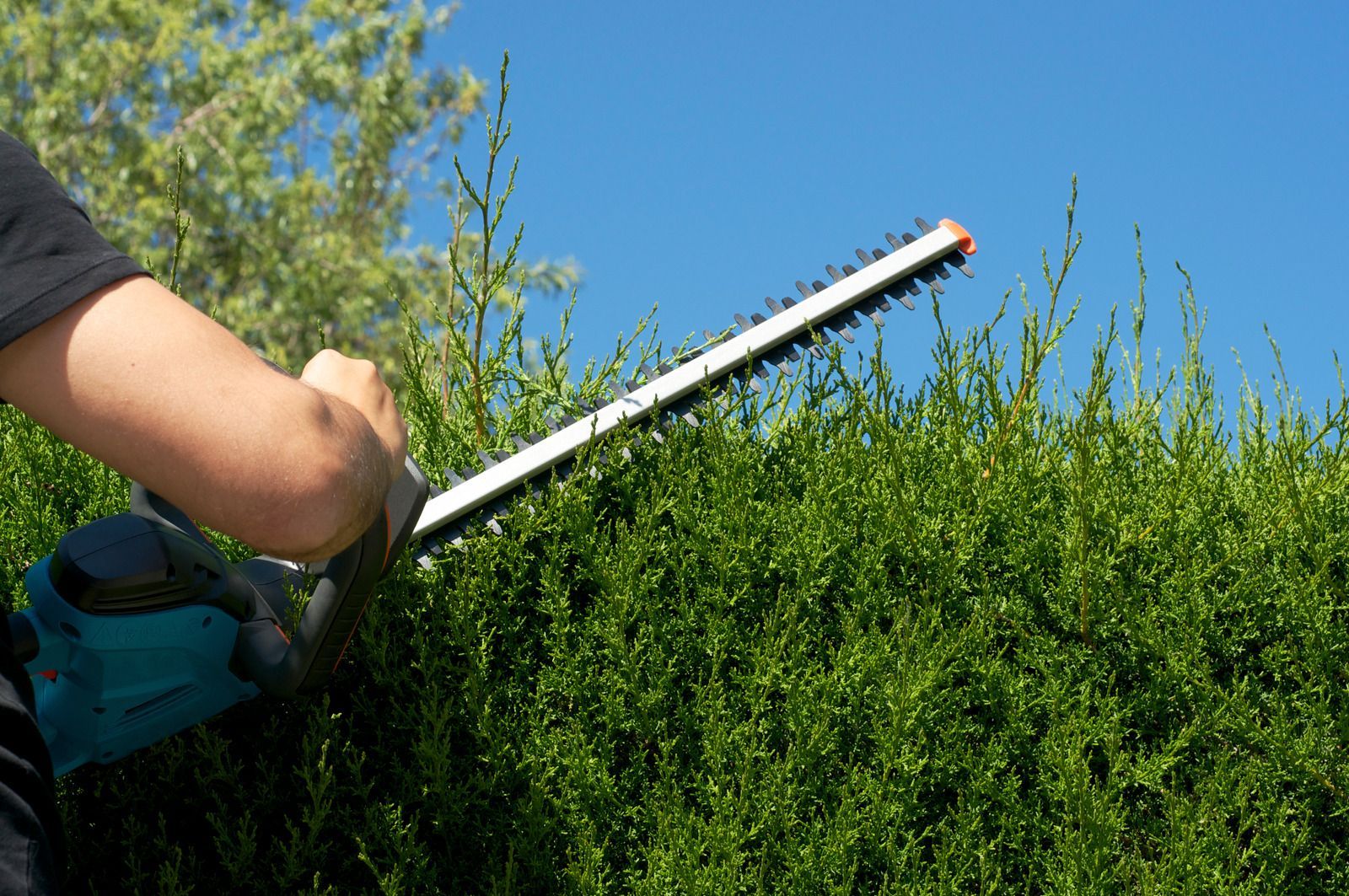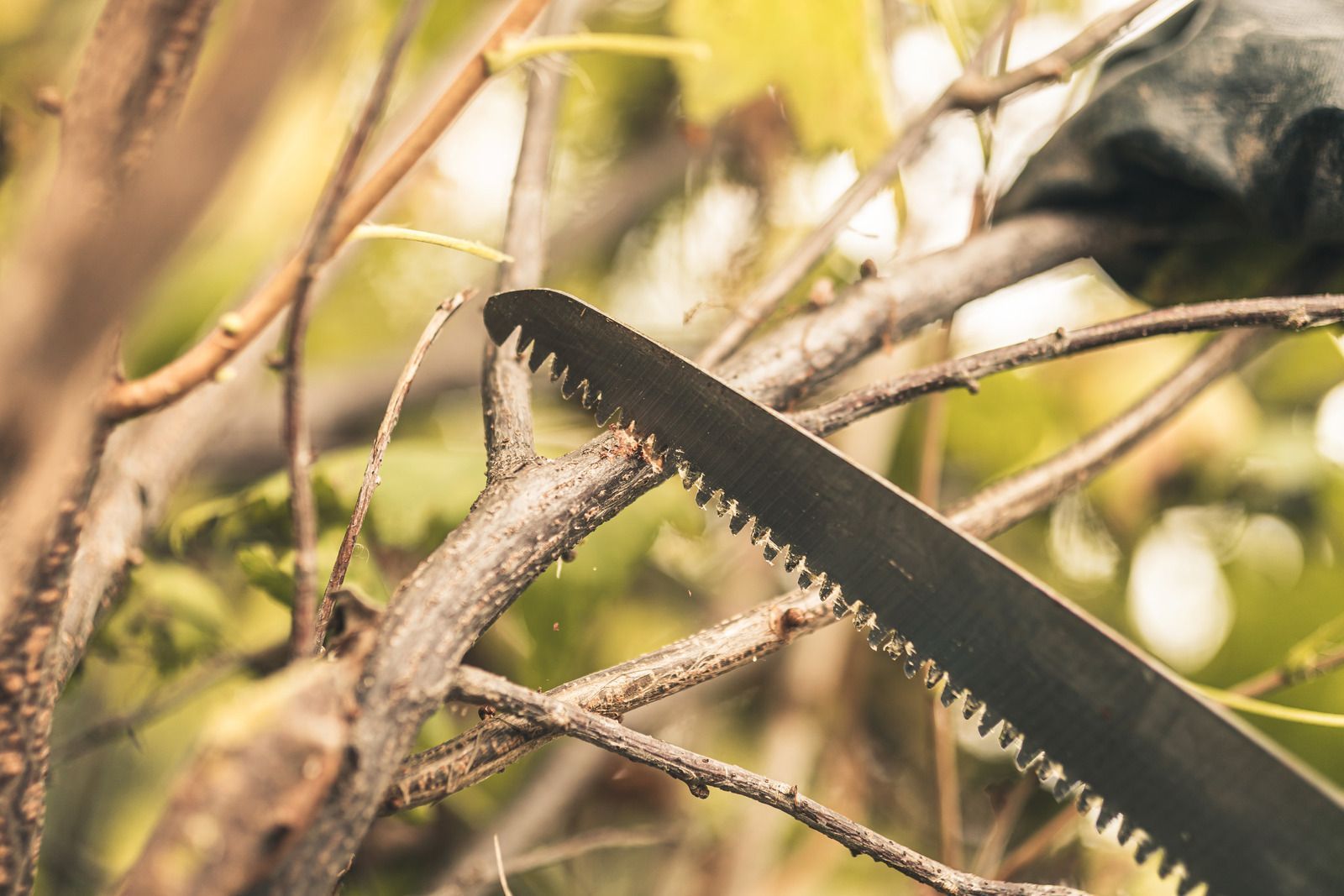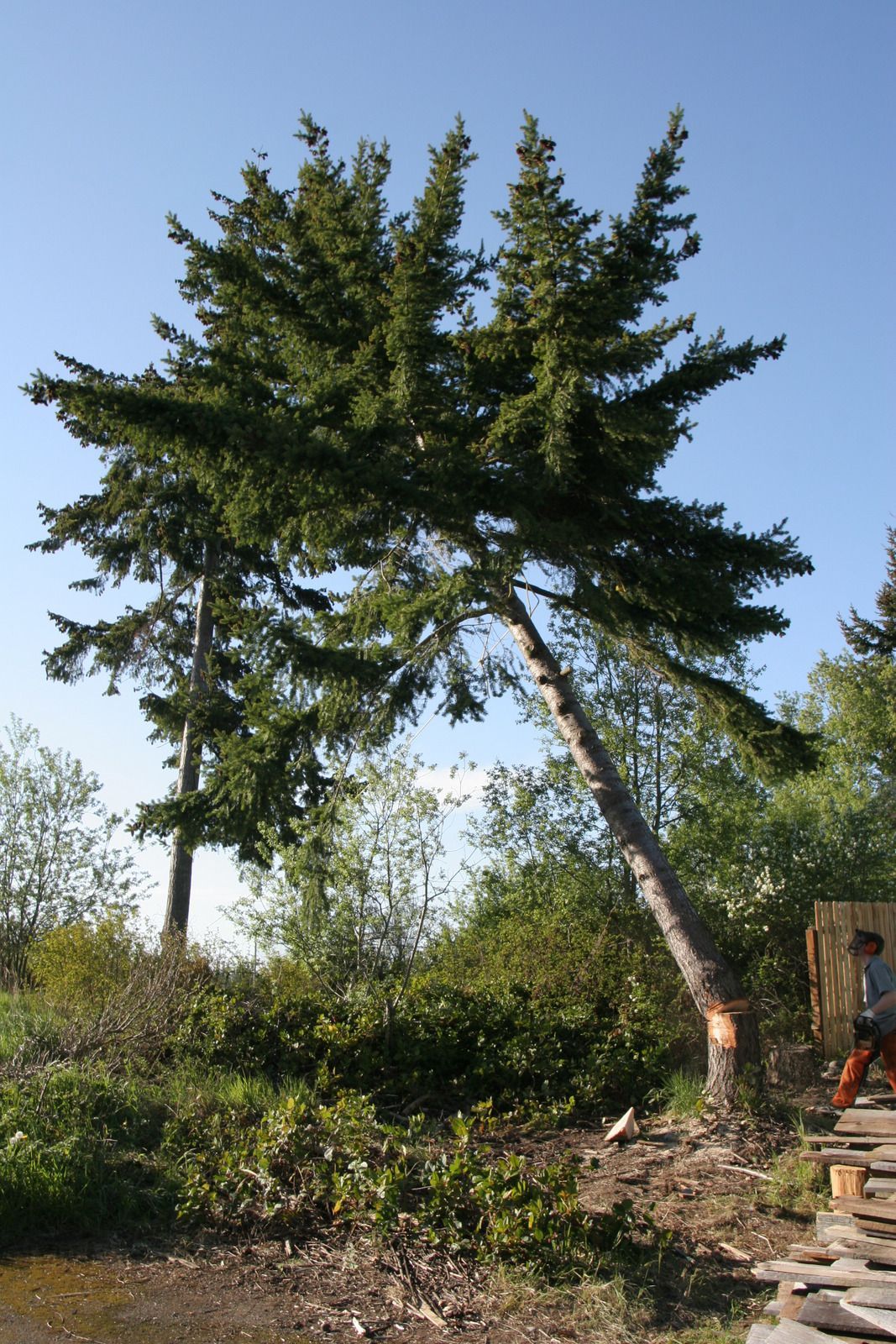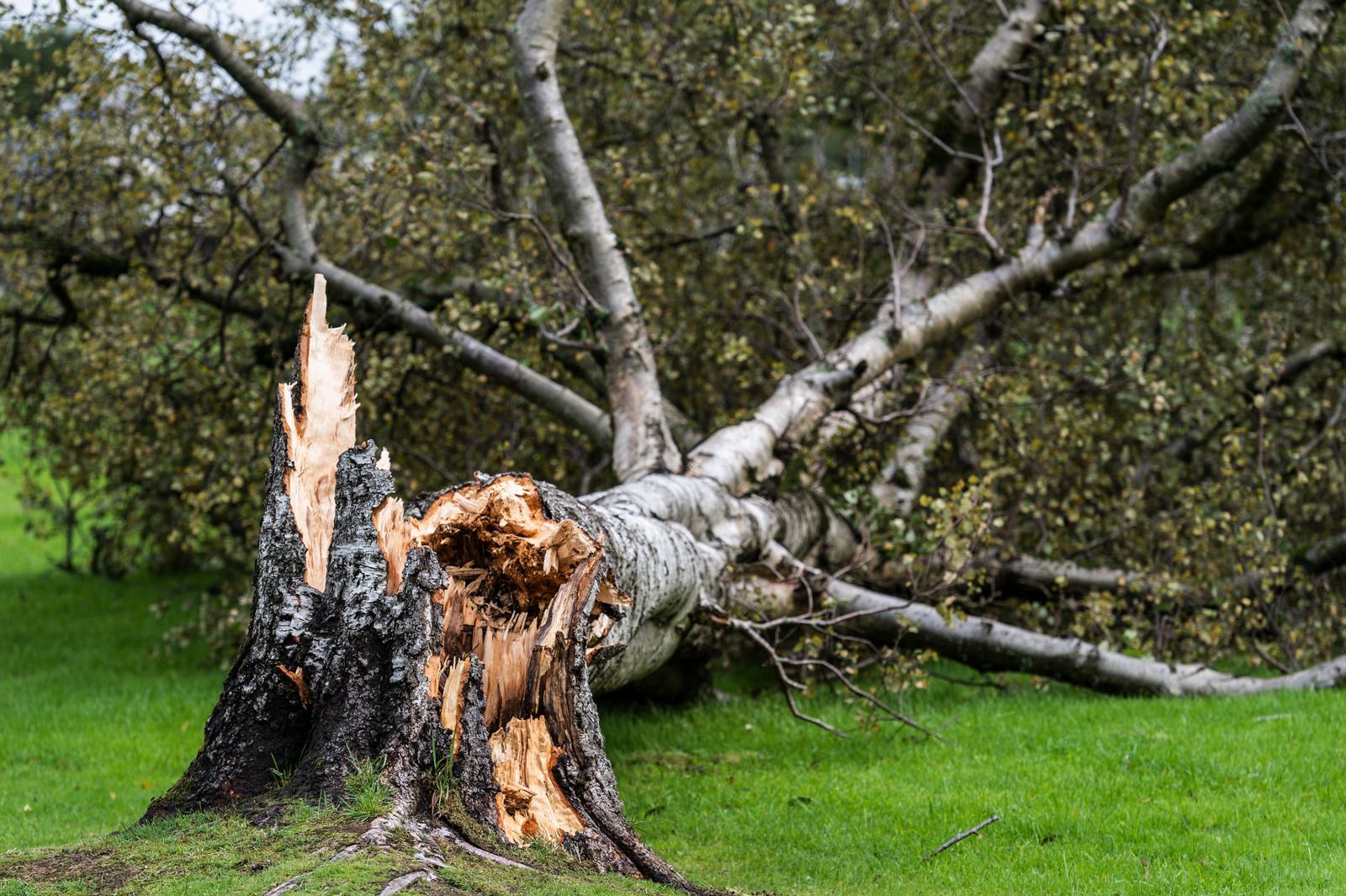The Impact of Stump Size on Grinding Expenses
Stump grinding is a process used to remove tree stumps after a tree has been cut down.
Using specialized machinery called
stump grinders, this process grinds stumps and their root systems into small wood chips, effectively leveling the ground and allowing immediate replanting or landscaping. Stump grinding is aesthetically pleasing and prevents potential hazards such as tripping or insect infestation associated with leftover stumps.
How Stump Size Matters?
Time And Effort
Due to their size and mass, large stumps often have extensive root systems that penetrate deep into the ground, requiring the stump grinder to work harder and for longer periods to remove them altogether. The grinding process for large stumps may involve multiple passes and adjustments to ensure thorough removal, adding to the time and effort expended.
Equipment Requirement
Stump grinding equipment varies in size and capacity to accommodate different stump sizes. The giant stumps may necessitate heavier-duty equipment with greater horsepower and cutting capacity. Additionally, specialized attachments such as larger cutting wheels or hydraulic extensions may be required to grind down large stumps effectively. These equipment upgrades contribute to the overall cost of the job.
Labor Costs
A greater labor force is usually needed to remove more giant stumps than smaller ones. When working with rugged terrain or impediments surrounding the stump site, a team may be required to run the stump grinder safely and effectively. Larger stumps require more labor to grind, which increases labor costs, which account for a sizable portion of the expenditures associated with stump grinding.
Debris Disposal
After grinding, stumps and their root systems are reduced to wood chips. However, more giant stumps produce a greater volume of debris that needs to be disposed of properly. This may involve additional fees for hauling away the wood chips or arranging for their proper disposal. Transportation costs can also increase if the stump site is far from disposal facilities.
Access Challenges
The location and accessibility of the stump site can impact expenses. More giant stumps may be situated in harder-to-reach areas, such as backyards with limited access or areas with uneven terrain. Site preparation, such as clearing vegetation or obstacles, may be necessary to facilitate equipment access, adding to the job's overall cost. Additionally, factors such as proximity to buildings or utility lines may require extra precautions, further complicating the grinding process and increasing expenses.
Tips to Minimize Expenses
Act Promptly
If you are planning to remove a tree, consider removing the stump simultaneously. Freshly cut stumps are easier and cheaper to grind than older, more hardened ones.
Compare Quotes
Get multiple quotes from different stump grinding companies. Compare prices and services to find the best value for your budget.
Bundle Services
Some tree service companies offer bundled services for tree removal and stump grinding. Bundling services often results in cost savings compared to hiring separate contractors for each task.
The size of a tree stump significantly impacts the expenses associated with stump grinding. More giant stumps require more time, effort, and resources to remove, leading to higher overall costs. By understanding how stump size affects expenses and following the tips, you can make informed decisions about tree stump removal and ensure you get the best value for your money.
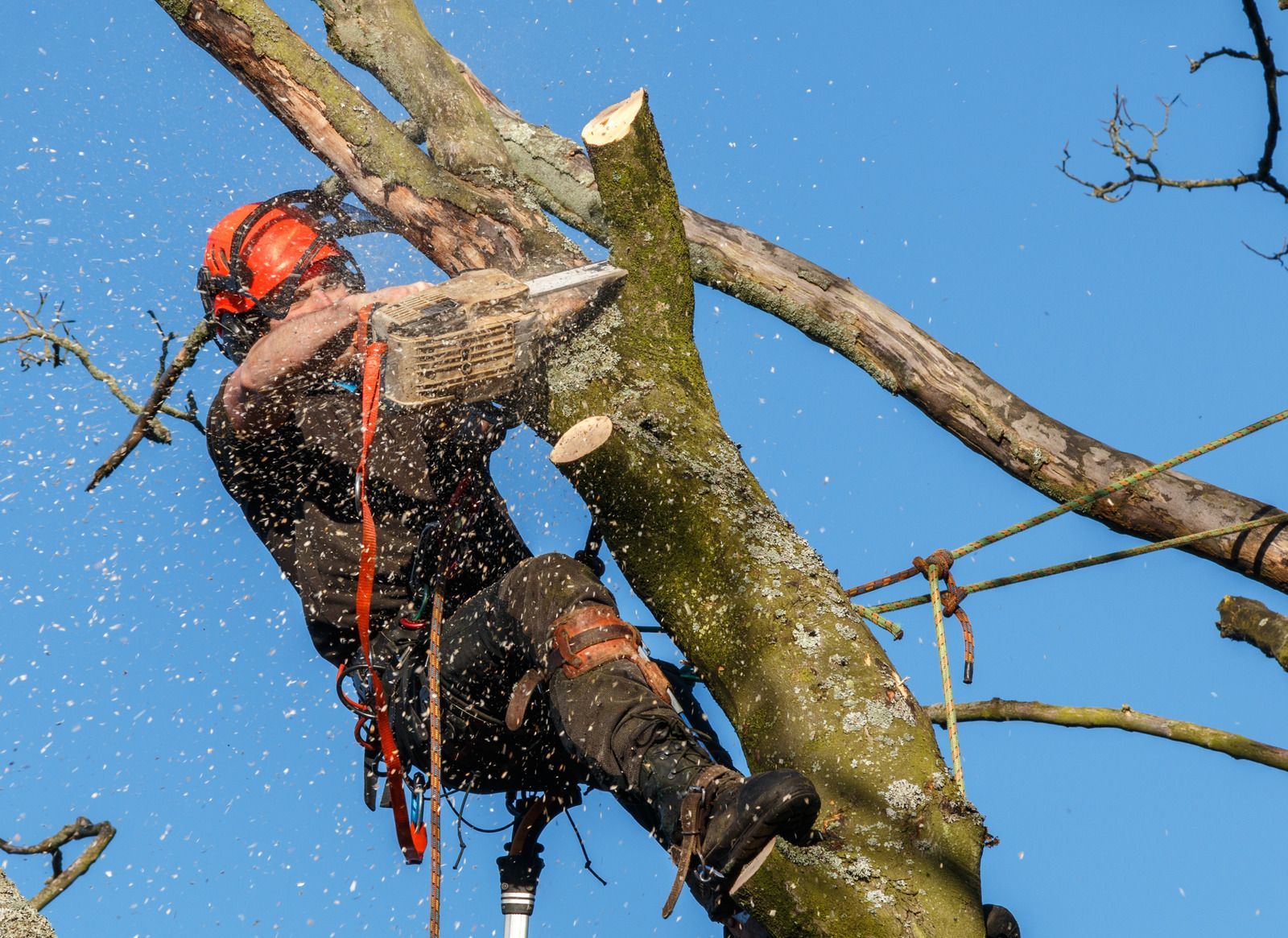
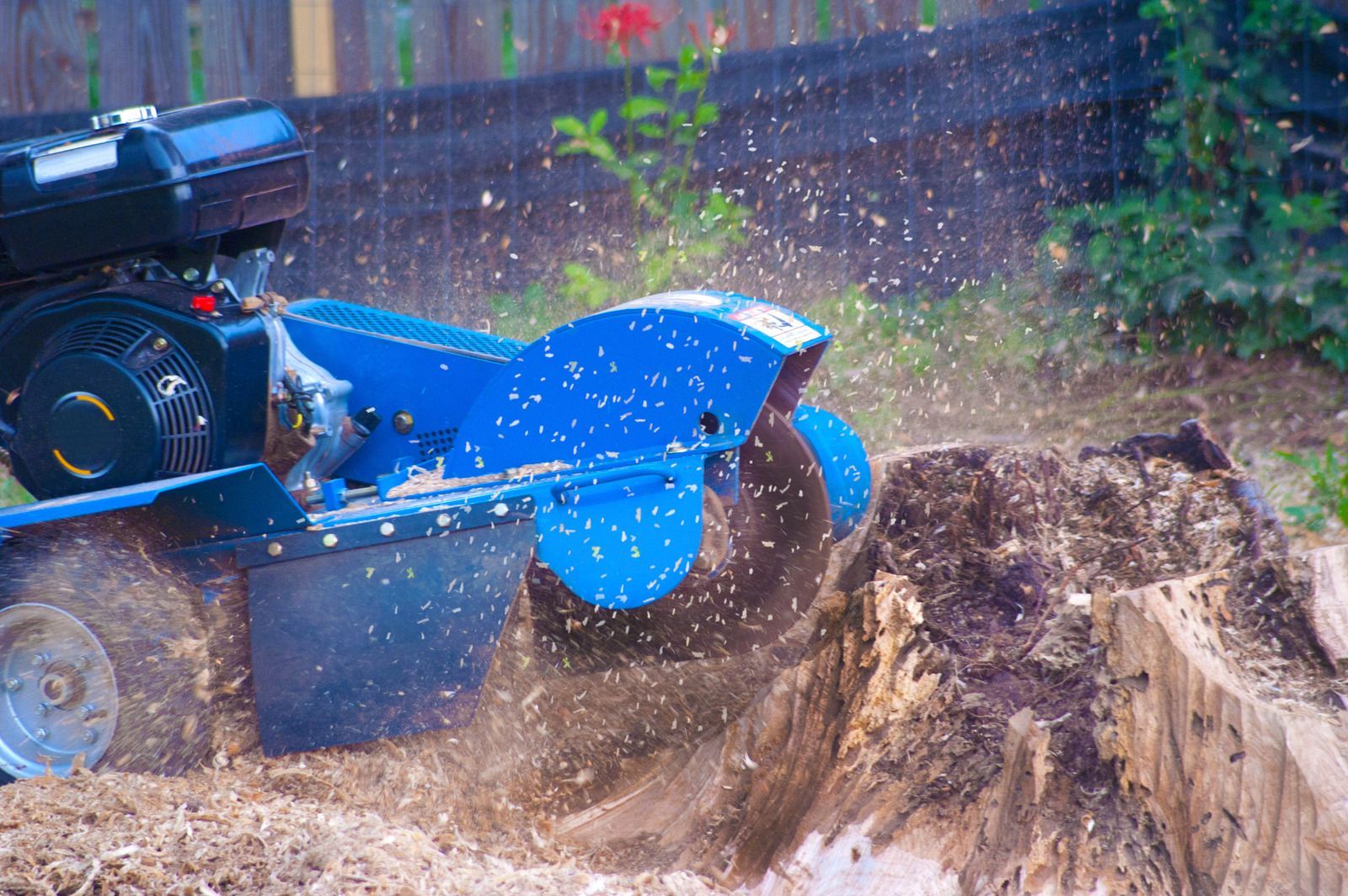
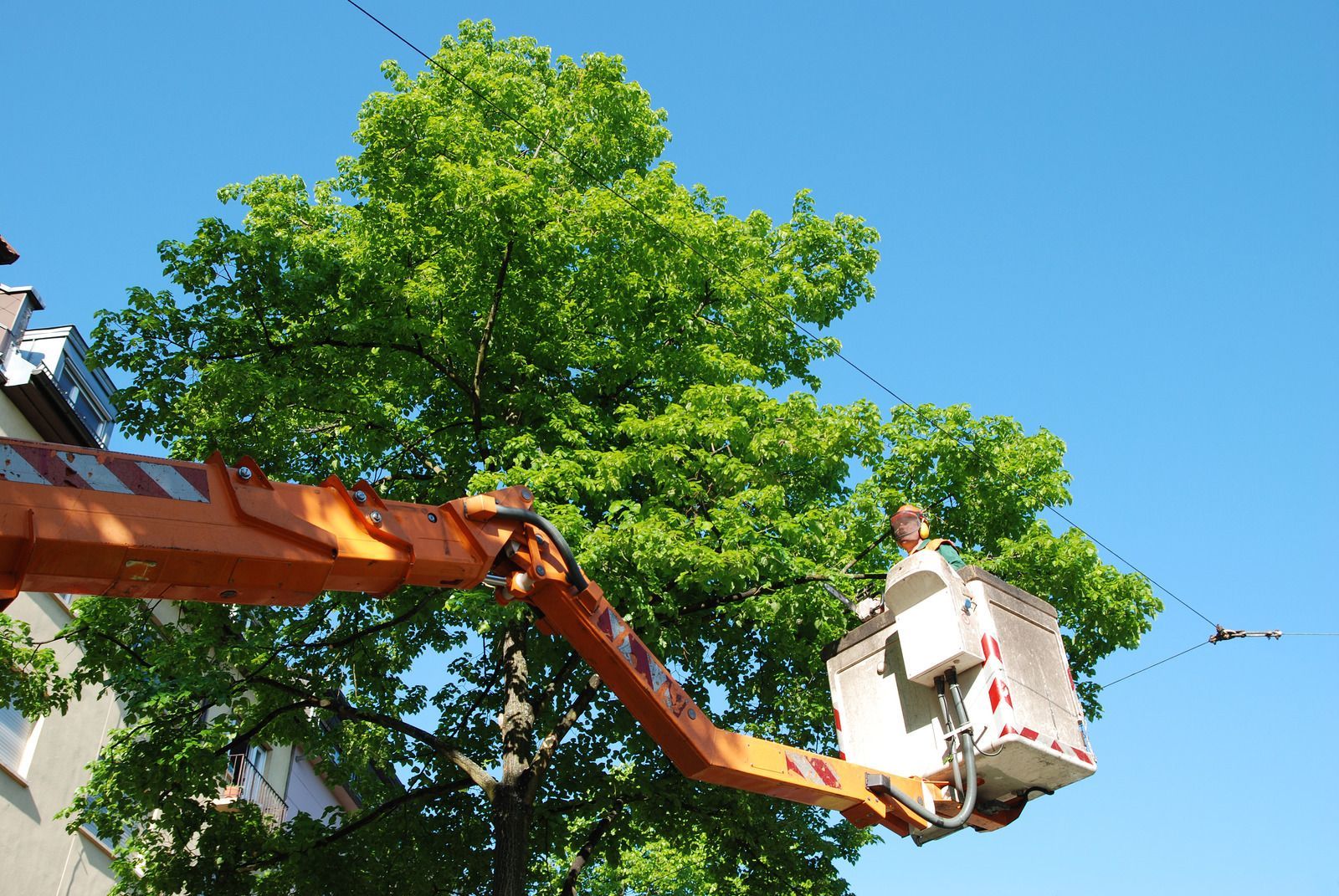
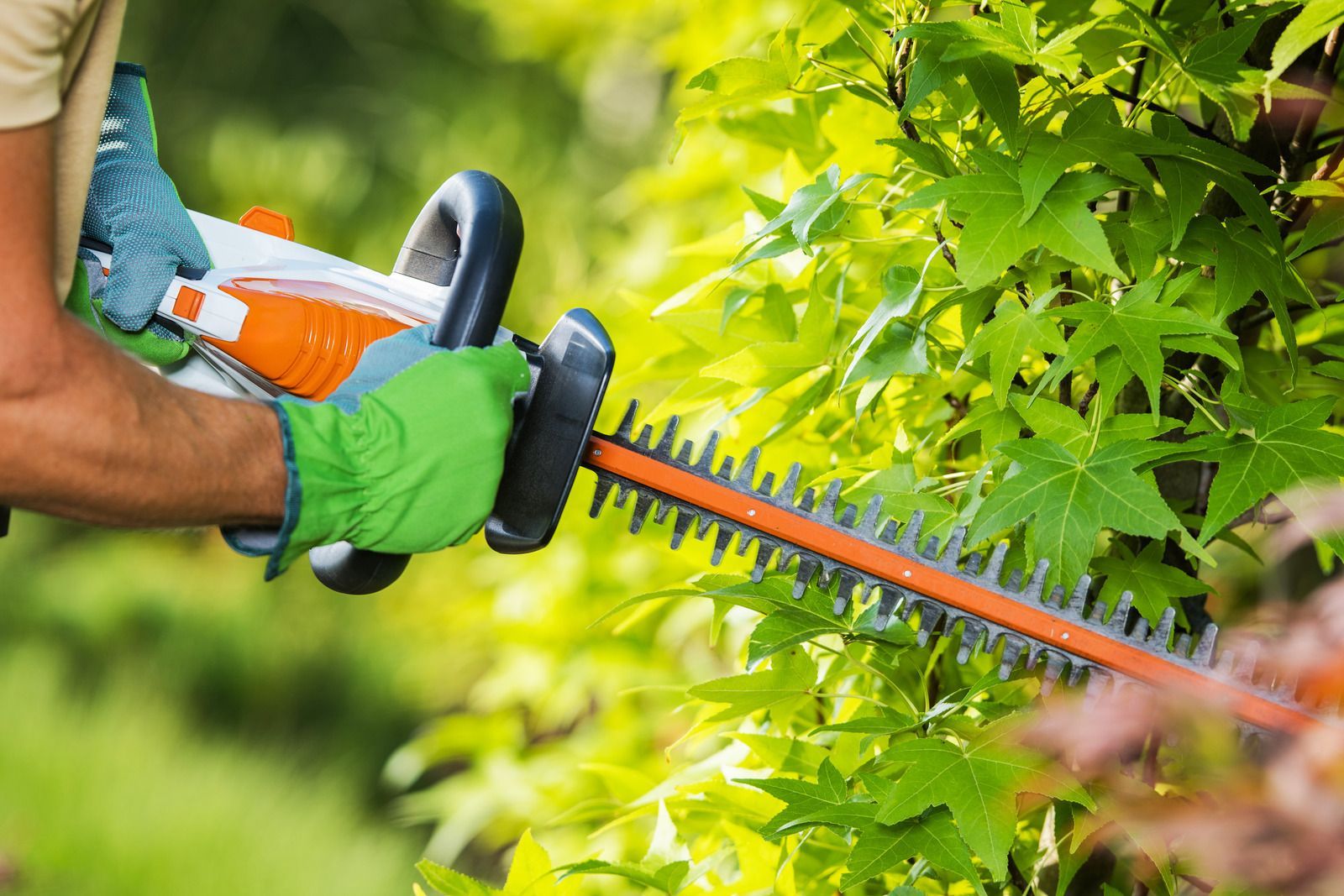


Service Areas
Inquire
Thank you for contacting us.
We will get back to you as soon as possible.
Please try again later.

